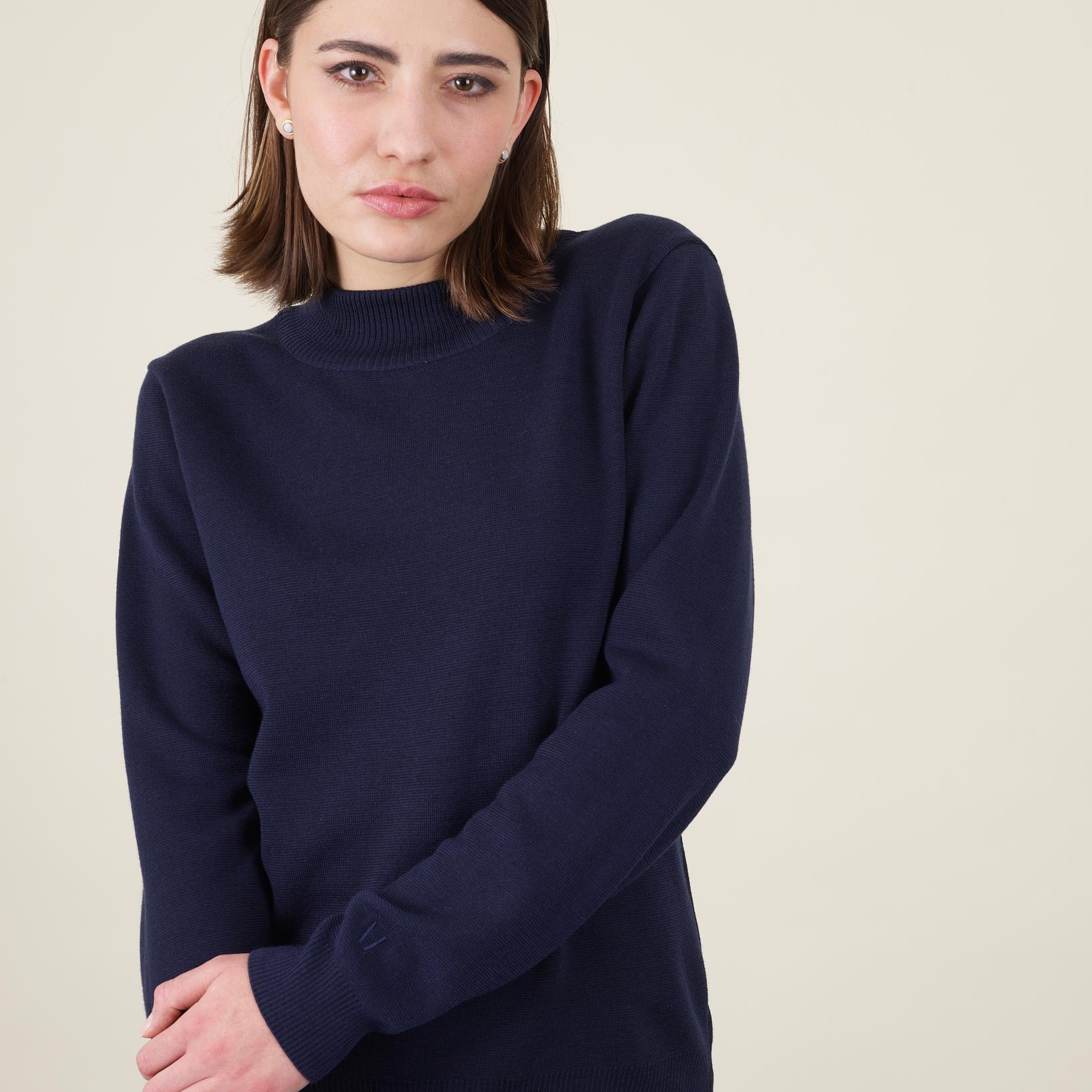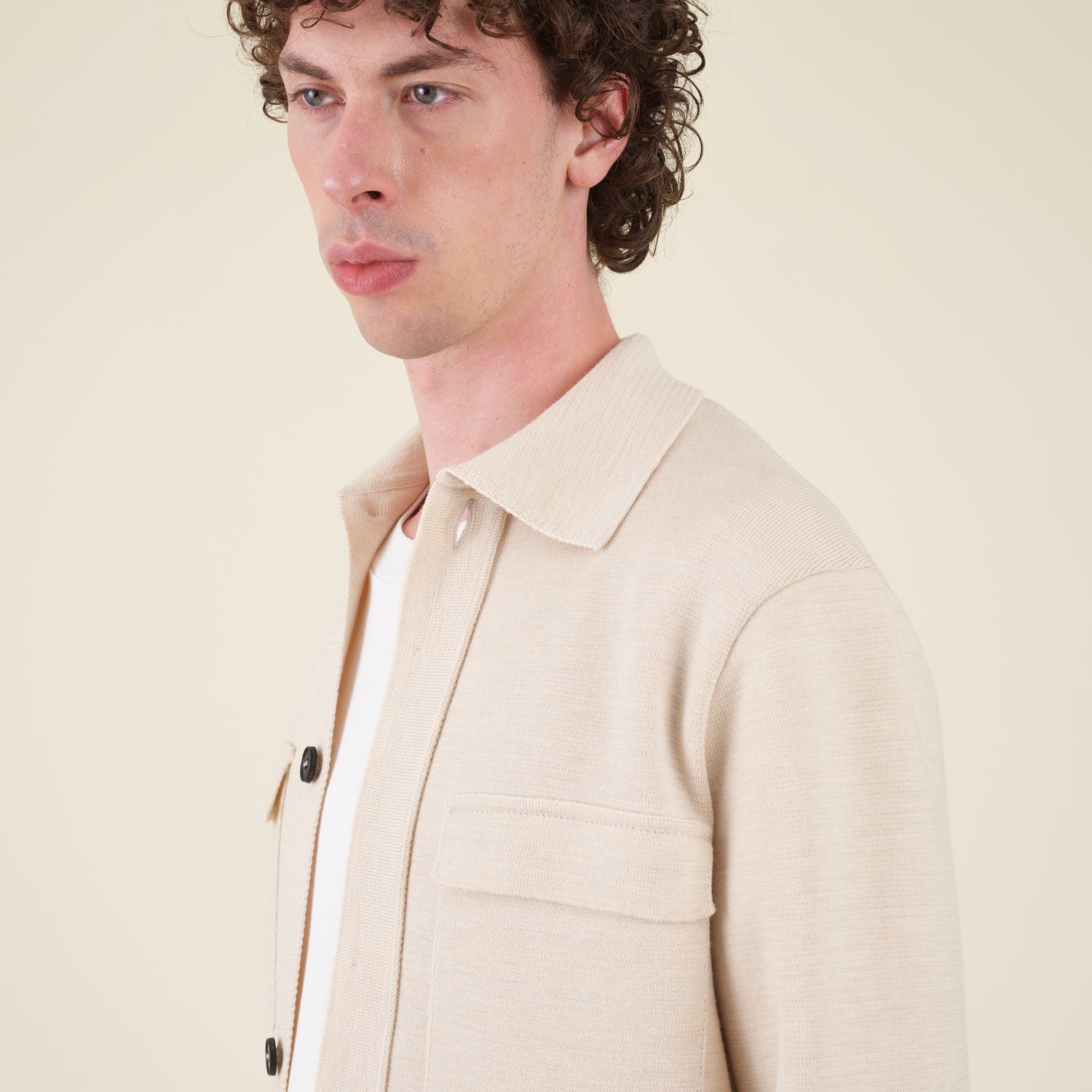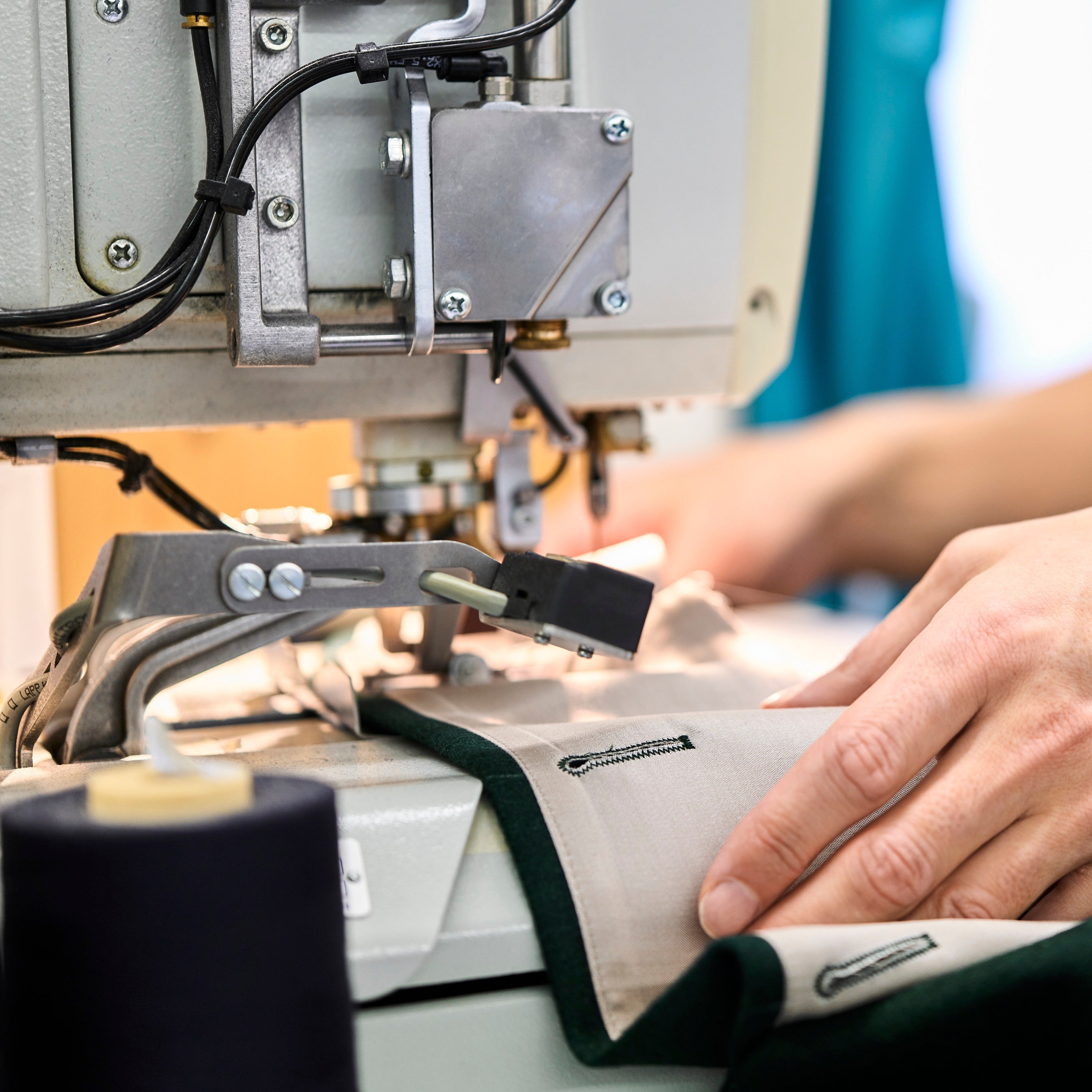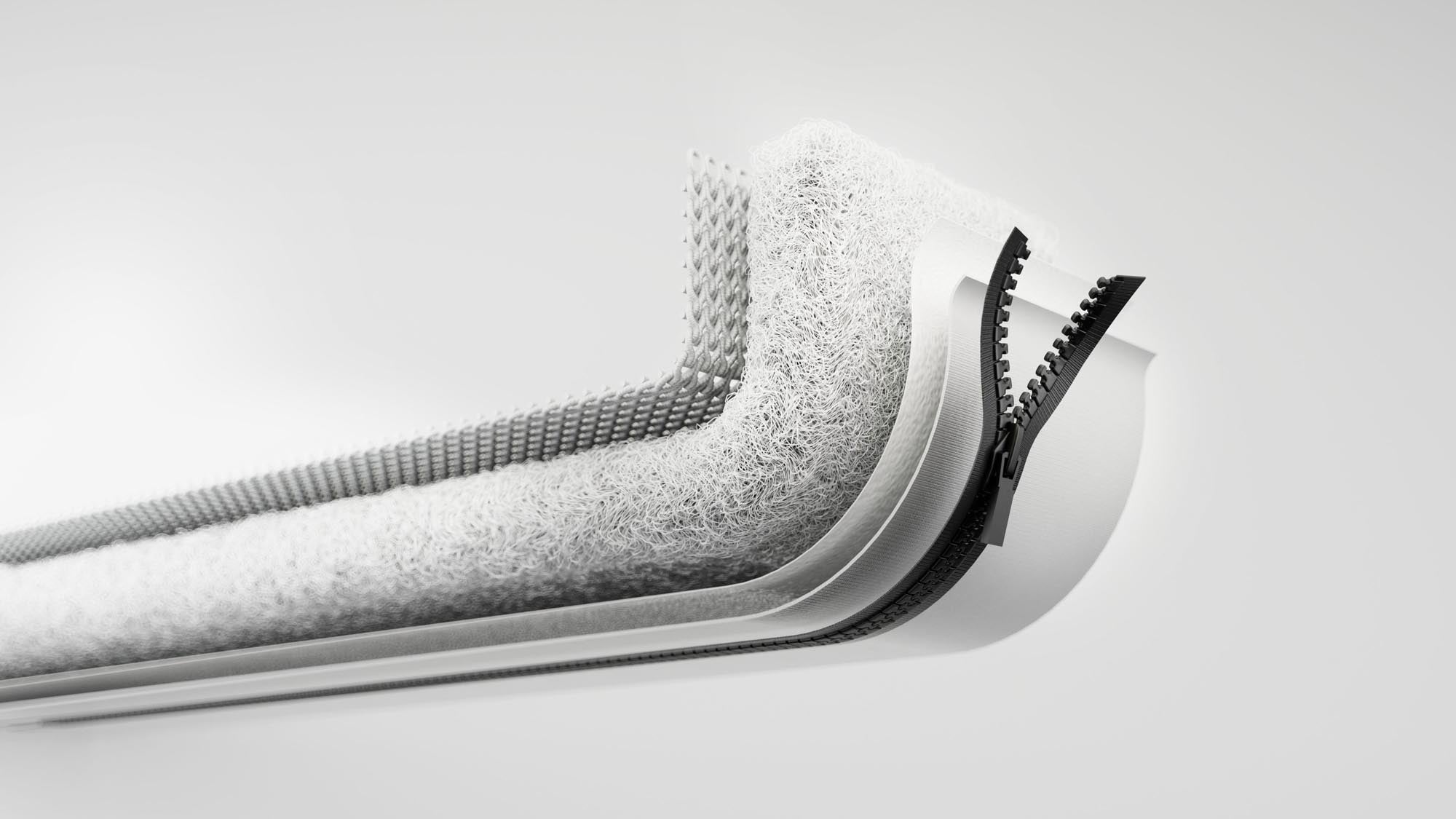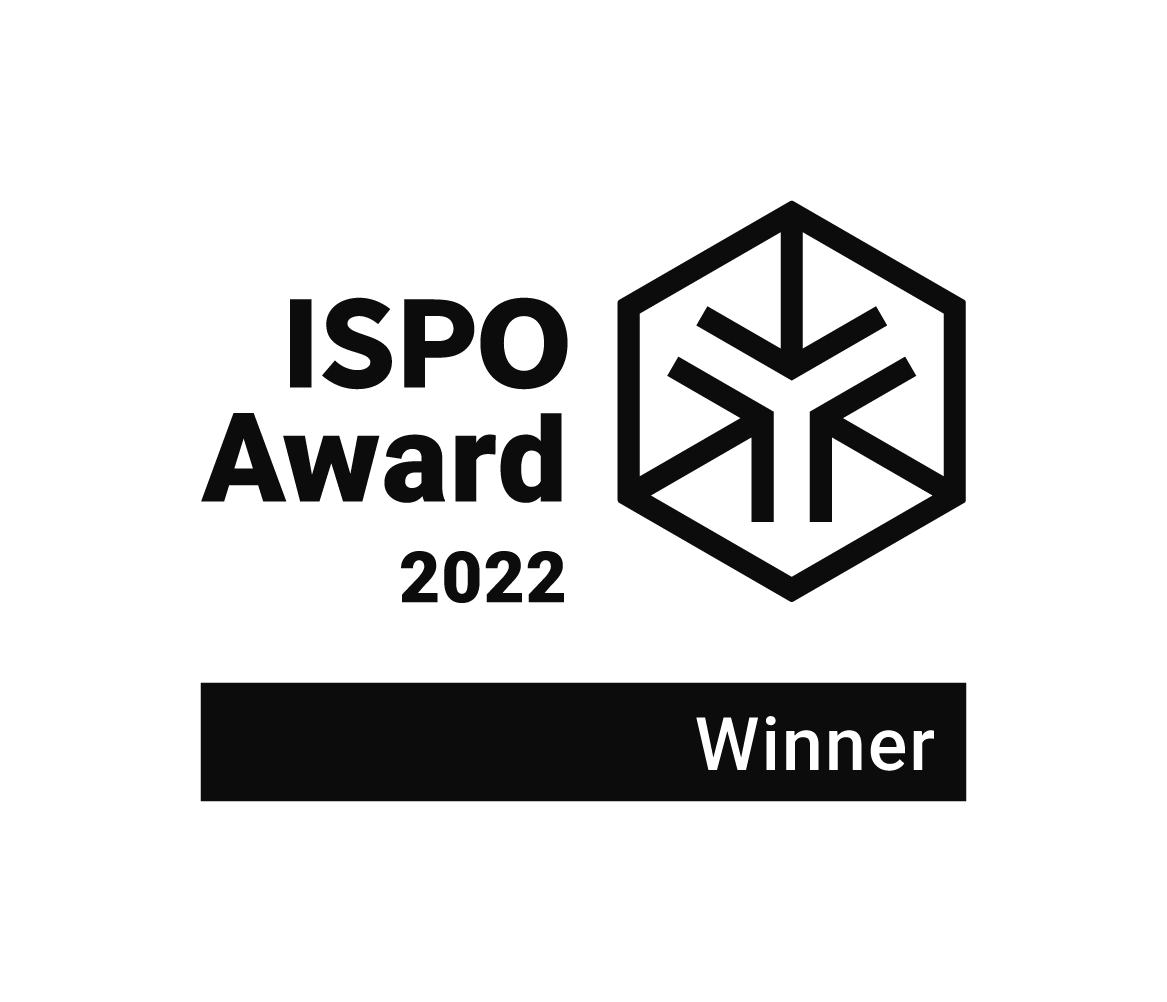Muntagnard Impact Assessment (Mia)
The Muntagnard Impact Assessment (MIA) is a simplified solution that allows you to better understand and classify our products from a sustainable perspective. We want to reduce the complexity of sustainability to the aspects that are most relevant to us and communicate it as simply as possible.

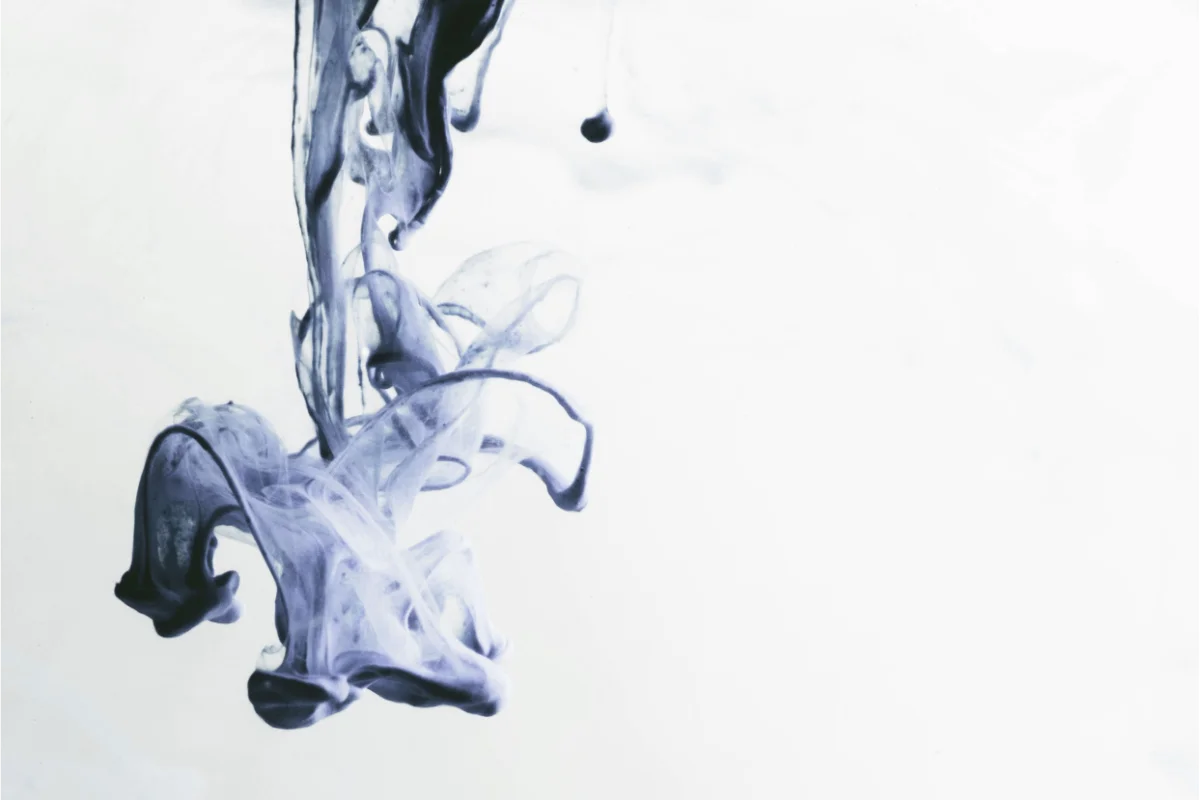
WHY DOES MIA NEED IT?
Our goal is to simplify the complexity of buying clothes and sustainability itself. We strive to make the relevant criteria easily comparable and understandable. MIA also serves us as our own location determination, which enables us to identify potential for optimization and to continuously develop our processes and products.

HOW DOES MIA WORK?
We have combined years of research and our expertise in the field of textiles and sustainability to evaluate three main criteria: traceability, recyclability and eco-assessment. These criteria are the most important guidelines for our product development. The average of these criteria results in the final MIA rating.
impact assessment
black circle
Transparency is one of the most important aspects for sustainable textiles. Knowledge of the entire value chain forms the starting point for ensuring socially just and ecological practices. If all suppliers and materials are known up to the respective raw material, the product receives the best grade.
Example T-shirt LEGNA: 81% (8.1 out of 10 points)
BLUE CIRCLE
With the eco-rating, we analyze CO2 emissions, energy and water consumption, use of chemicals, etc. from cultivation, fiber production, fabric and material production to the end product. We use data from our own life cycle assessments, data from our producers and available industry analyses. In addition, we include a qualitative assessment of certificates and environmental standards in the assessment.
Example T-shirt LEGNA: 8.7 out of 10 points
YELLOW CIRCLE
The transition of the textile industry to the circular economy is our declared goal. Depending on the choice of raw materials and their combination in the entire product, clothing can be more or less suitable for the circular economy. We focus on the two central cycles (technical and biological cycle) and evaluate the average possible recyclability and biodegradability.
Example T-shirt LEGNA: 9.5 out of 10 points
NUMBER IN THE MIDDLE
The number in the middle corresponds to the consolidated rating of the entire product. The average of the values from traceability, recyclability and eco-rating results in the final value of the MIA rating. This serves the internal comparability of products as well as a starting point for improvements.
Example of the LEGNA t-shirt: a total of 8.8 out of 10 points
The growing demand for more sustainability in the fashion industry is met with more and more new "sustainable" initiatives and "eco-labels". In our opinion, many of these initiatives do not address the causes, but mainly alleviate the symptoms. And the jungle of labels and certificates is becoming increasingly confusing and complex.
OUR COMPANY
As a young textile company, we have already been able to achieve quite a few things. With our ambition to produce textiles that are as sustainable and high-quality as possible, we can be proud of what we have already achieved. Of course we will always try to develop and improve. But the current snapshot can be seen...
76% traceable
We are already achieving over 75% traceability across all of our products. This means that we can trace the entire value chain back to the raw material for most of our products.
70% recyclable
Over 2/3 of our entire product range is completely recyclable. Whenever possible, our products are designed to be recyclable and biodegradable.
-50% CO2
Across our entire company, we have around 50% lower CO2 emissions than comparable textile companies (measured in terms of tCO2 per million CHF sales, analyzed by Paygreen).
QUESTIONS OR COMMENTS?
If you would like to find out more about our products and their origin, or if you have any valuable comments, please do not hesitate to contact us.


